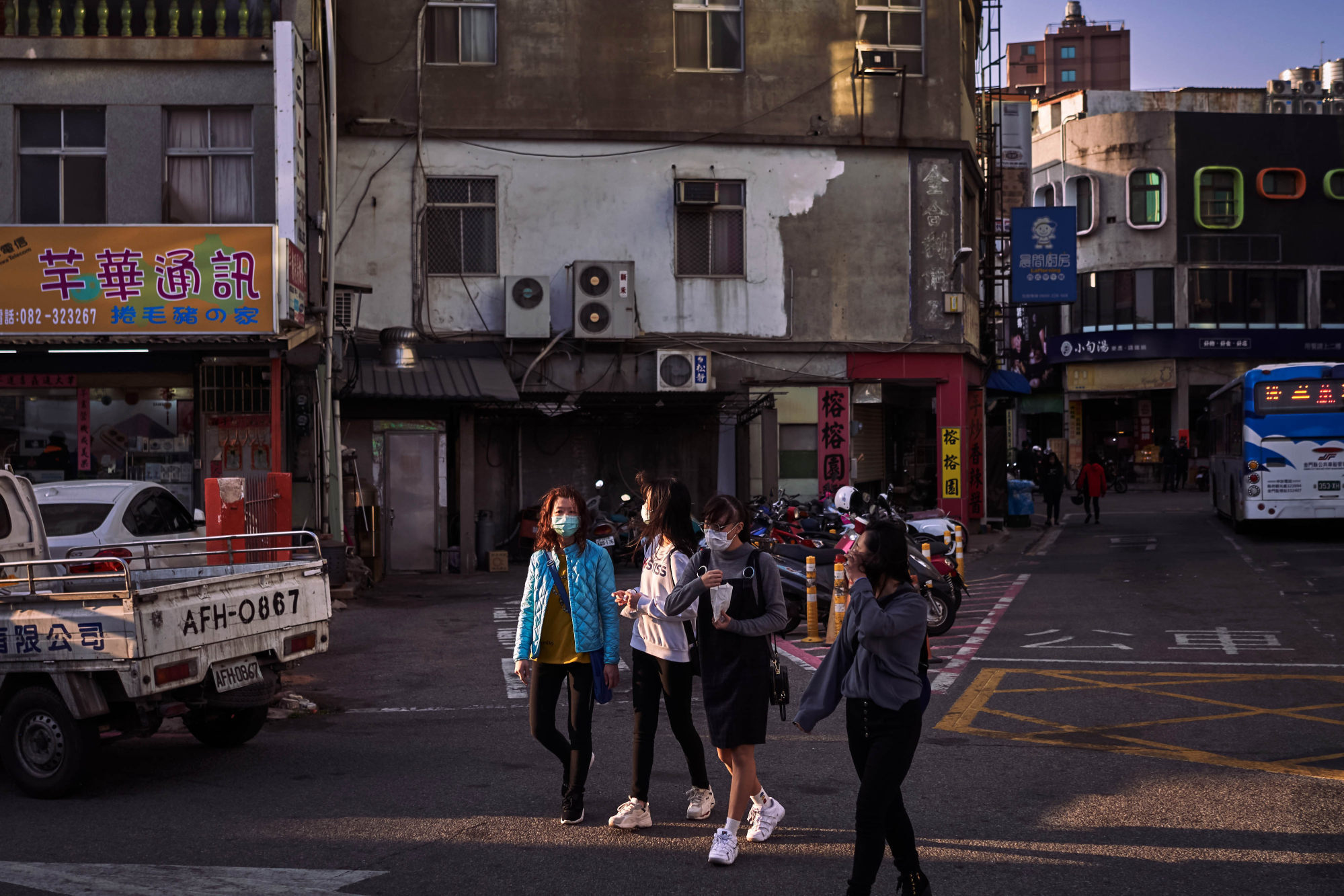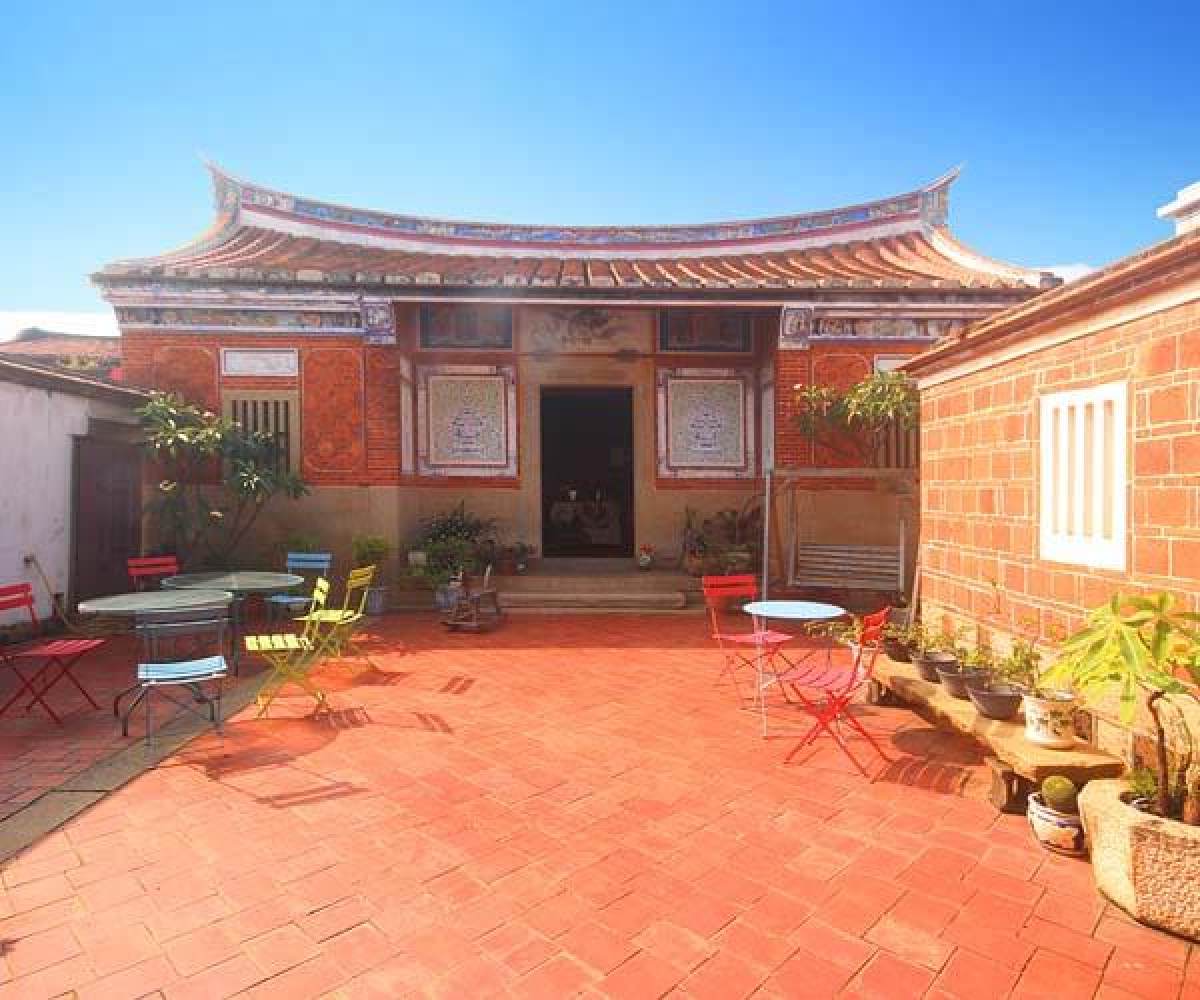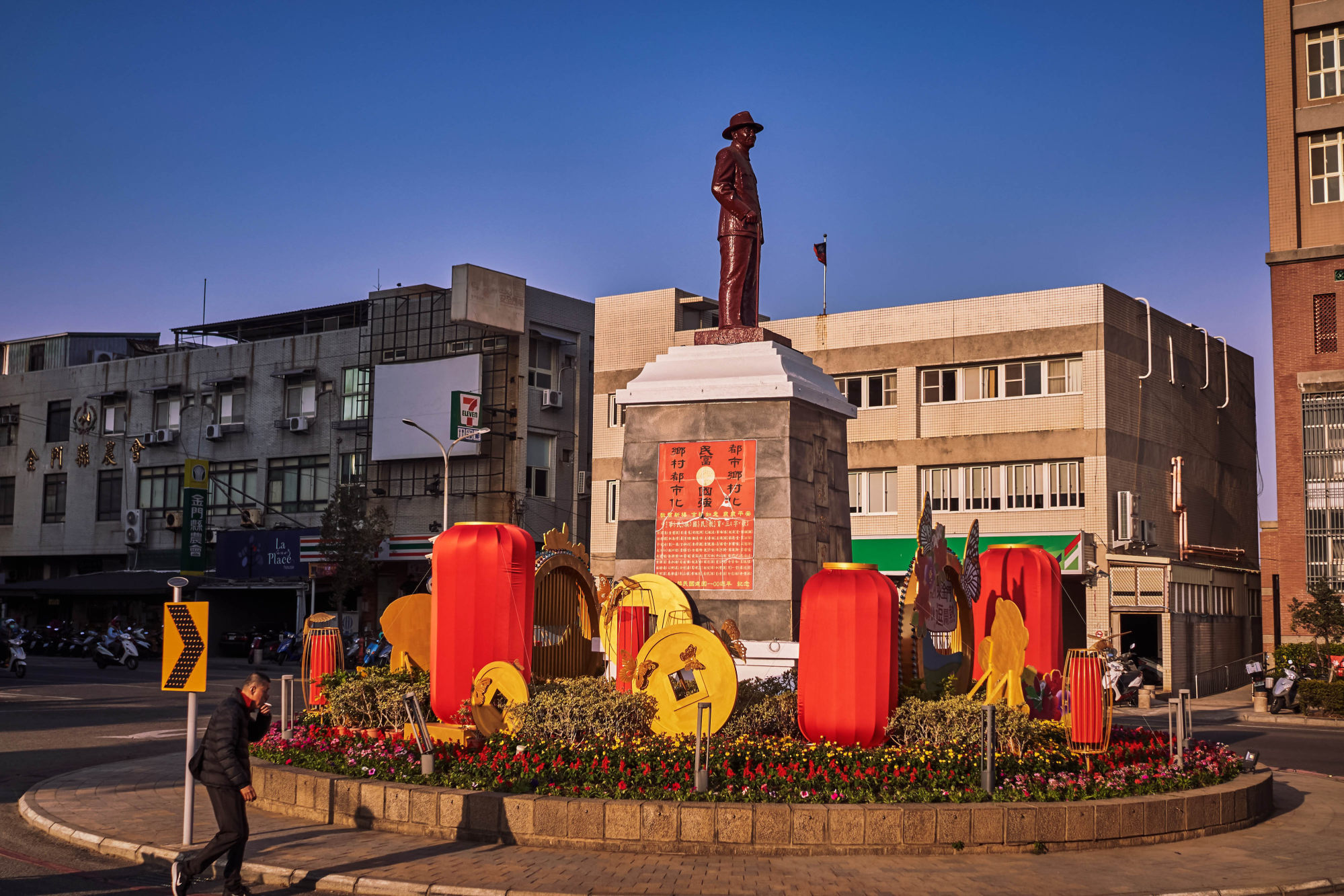
Historic houses on Kinmen island, Taiwan restored as guest houses and inns – now all they need are some customers
- The county government of Kinmen, near the Chinese mainland, has subsidised the restoration of old houses, and 117 have been turned into visitor accommodation
- There are three main types: Qing dynasty courtyard homes, Western-style houses and coastal houses fortified to keep out pirates
Sam Yang’s courtyard house has, as far as he’s aware, belonged to his family of fishermen and sorghum farmers since it was built during the late Qing dynasty.
The 214 square metre (2,300 sq ft) property is on Kinmen, or Quemoy, the island that gives its name to a small Taiwanese island chain lying a few kilometres off the coast of mainland China’s Fujian province and to the county they comprise.
In 2015, Yang learned that the county government was giving subsidies to homeowners who wished to restore their properties to the style in which they were built – mostly a style that was common in Fujian before 1900. In March 2021, after six years of work, he opened his property as a guest house, the Hu Feng Ancient Stay.
Yang is not the only home retrofitter in Kinmen. Some 117 houses – hollow bricks covered with coloured ceramic squares, spiky roofs made from carved tiles, stone lion doorway decorations and all – have been restored and opened as inns or guest houses.

Architecture is at the core of Kinmen’s attraction for tourists, along with coastal bunkers, the 1949 battleground of Kuningtou and other reminders of the Nationalist-Communist skirmishes of the 1950s to 1970s, says deputy county magistrate Hwang Yi-kai.
“There’s a little bit of a foreign country feeling. Kinmen has a different style from Taiwan, including traditional architecture, but it’s not always complete,” says Hwang, explaining why subsidies for restoration have been offered since 1995.
East Asian sites of natural value given Unesco World Heritage status
Properties that have been restored and opened as guest accommodation can be divided into three broad subtypes: courtyard homes, European-style houses and fortified coastal properties that were built to repel pirates.
Few bookings are currently being made, since restrictions introduced to curb the coronavirus pandemic have stopped international tourism and choked domestic visitor flow, but the lodgings below – examples of each of the three styles – are among those that await guests once the health crisis has passed.

Courtyard homes
An eight-minute walk from Kinmen’s main road and 10 minutes from a beach, the Hu Feng Ancient Stay – five rooms spread over what were once three separate homes around its courtyard – will appeal to tourists once international travel restarts, says Yang.
He took a NT$1.93 million (US$70,000) subsidy and added his own money to hire a local architect to redesign everything from the roof downwards.
“It’s really suitable for a guest house,” says Yang, 60, who looks forward to chatting, in the spirit of a traditional Taiwanese innkeeper, with guests as they come and go through the courtyard.
As with most three-chamber courtyard houses, the brick-floored yard is cosy and sits right outside every guest’s door.
The guestrooms stand out for their log ceiling beams and red-brick walls. The windows offer enough ventilation that guests shouldn’t need their air conditioners most of the time.

The 860 square metre Louzaixia Gucuo Bed & Breakfast – one of 82 found inside the Kinmen National Park and built 140 years ago – is an example of lodgings that have been sculpted from a four-chamber courtyard complex rather than the more common three.
Twelve guestrooms – the largest of which can sleep 14 people – are spread across three traditional Fujianese-style buildings. The fourth building is a public space.
The courtyard takes on the ambience of a cafe terrace when guests sit there and drink tea.
Hong Kong travellers on their nightmares after quarantine rule change
“We would have all these people now if not for the pandemic, so we’re hoping that goes away,” says Tsai Yin-chieh, a member of the agricultural family that has owned the property for generations.
From the outside, the Louzaixia looks like an old “academy”, or small university building, Tsai says. Inside, wood features heavily; the ceilings have a log-cabin feel. Log beams are a hallmark of old Fujianese homes.

A European-style home
The three-storey Yu Yuan B&B wouldn’t look out of place overlooking the Mediterranean. Romanesque columns frame a gleaming exterior; the management calls this property the “little White House”.
Retrofitted in 2016, Yu Yuan is an example of old Kinmen houses known as “overseas buildings”, meaning those influenced by Western rather than Fujianese architectural styles. Some were built in the Baroque style, for example.
Unesco can’t protect World Heritage sites – just look at China
Western architecture began to appear in Kinmen in the mid-19th century and gained in popularity in the 1930s as islanders travelled to Southeast Asia seeking work, according to the Kinmen National Park archives. They would send money back for home renovation, fostering “architectures with much exotic design”.
Carefully restored it may be, but Yu Yuan’s 14 guestrooms wouldn’t originally have had 55-inch TV screens and air conditioning.
“We’re the first guest house in Kinmen with a foreign-style exterior and outfitted with modern amenities on the inside,” claims a member of the Lee family, which has owned the property for generations.

Pirate-proof accommodation
Today, Kinmen’s villages open onto sorghum fields, wooded hillsides and views of the ocean, beyond which, to the west, are visible the skyscrapers of the mainland Chinese city of Xiamen. Shuitou 34 Hao Homestay conjures up memories of the pirates who would come pillaging from that direction in the 19th century.
“We had real pirates coming in from mainland China,” says owner Lee Bi-yin, whose family of merchants has lived in the property for four generations. The metal gate and the metal-framed upper-floor windows of the building were installed to keep those invaders out, says Lee. A two-storey end unit resembles a squarish castle turret.

The property – which has a courtyard painted white with a blue trim – was retrofitted as a seven-room guest house 13 years ago.
Shuitou 34 is a few minutes’ walk away from the pier from which ferries sail to Kinmen’s second-largest and only other populated island, Little Kinmen, which is characterised by parkland and fortresses used by the Nationalists for defence before the 1970s.
The property’s fortified exterior, location and piracy theme attracted guests to Shuitou 34 before Covid-19 suppressed tourism. Lee says she has begun regular disinfections of the accommodation to convince visitors that her homestay is safe, whenever they return.

Recently, the Kinmen county incentive programme has given extra financial assistance to historical guest house operators whose income has fallen below 2018 levels because of travel restrictions.
About 400,000 visitors from mainland China, the chief source of tourism before Covid-19 struck, took ferries over to Kinmen from Xiamen in 2018. That number had been steadily increasing since 2011, when people in Fujian were allowed to make the direct, 20-minute crossing. None may visit currently.
Taiwanese tourists, many of them families interested in history, gave guest house proprietors a bit of business until April this year, but rising coronavirus case numbers in mid-May halted most domestic travel.
When tourists do return, Hwang would like younger travellers and parents with children to be among their number. He has asked tourism industry operators to research ways in which Kinmen – including its guest houses – might appeal to such visitors.
“We’re always looking forward to the reopening,” he says.

